Monday kicks off Pollinator Week, a seven-day celebration of those that make two out of every three bites of food we eat possible.
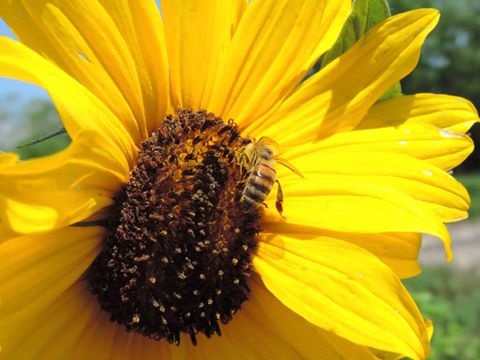
Bees are the master pollinators and keep our food affordable. Photo courtesy FWS/Cristina De La Garza
Yes, that’s correct: birds, butterflies, beetles, bats, and moths make our food happen. Were it not for the free ecosystem services provided by these creatures, food would cost much more and many would go hungry.
Just like our underpaid food service industry workers whose minimum wages don’t aptly reflect their contribution to society, pollinators get little respect. That’s changing. But in the meantime, since we pay them nothing for their valuable services, can we at least make a greater effort to understand, appreciate and support pollinators?
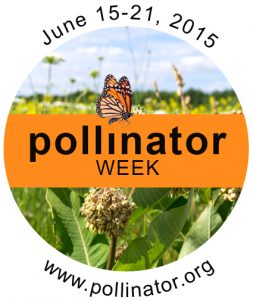
That’s the goal of Pollinator Week, organized by the Pollinator Partnership, a nonprofit organization devoted to the greater understanding and appreciation of pollinators and their ecosystems. The week-long event seeks to call attention to these valued members of our food web through activities, outreach and education.
Pollinators have been making news lately. Just last month, President Barack Obama released the National Strategy to Promote the Health of Honey Bees and other Pollinators, a 58-page document that lays out a plan to reverse the disturbing trend of pollinator decline. It results from the work of a Pollinator Task Force established by the President last June.
The strategy document reflects grave concern and a serious attempt to address these depressing facts: Bee populations plummeted 40% last year. The magnificent Monarch butterfly migration is at risk, since the butterflies’ numbers have dropped 90% in recent years from their high in the 90s. The butterfly is being considered for listing as “threatened” species under the Endangered Species Act. Bats populations have also taken a deep dive, and they’re fighting a strange malady called white-nose syndrome. All pollinators face massive habitat destruction, climate change, pesticide abuse and agricultural and developement practices that don’t support their existence.
Of the 100+ official Pollinator Week events listed on the Pollinator Partnership website, Texas lists seven–with no official events in San Antonio or Austin. I’m embarrassed. Next year, people, we will have our own events. (NOTE: Stay tuned for details on our Malt, Hops and Moths event at the Alamo Brewery, July 23, which will celebrate National Moth Week!)
Unofficially, though, several local organizations are staging events that happen to celebrate pollinators during Pollinator Week. Here they are.
Butterfly Count at San Antonio Botanical Gardens and Hardberger Park
Get your citizen scientist on with Patty Leslie Pastzor, San Antonio’s local denizen of native plants. Pastzor has organized a butterfly census as part of the official North American Butterfly Association count, Monday, June 15, and Thursday, June 18.
The outings include hikes centered around identifying and collecting data on San Antonio area butterflies. The June 15 event takes place at the San Antonio Botanical Garden. On Thursday morning volunteers will gather at Phil Hardberger Park. A $3 fee applies to register your data. Wear a hat, sunscreen and comfortable walking shoes. For more info or to RSVP, contact Pastzor at 210.837.0577 or email agarita@me.com.
Pollinator Talk at Ladybird Johnson Wildflower Center in Austin
As part of their Nature Nights series, Ladybird Johnson Wildflower Center will host a pollinator overview Thursday, June 18, 6 – 9 PM. The event is FREE. Bat Conservation International, Travis Audubon Society and the Austin Butterfly Forum will pitch in to explain the importance of pollinators in our food chain.
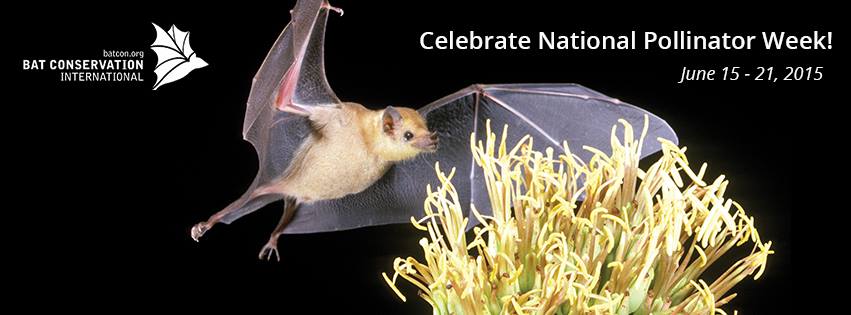
Did you know that bats pollinate agaves, which makes Tequila possible? Photo via Bat Conservation International
Wildflowers and Whiskey Sours at Cibolo Nature Center, Boerne
Judit Green, Texas Parks and Wildlife biologist and plant expert, will offer a tour and conversation during a plant walk through the wildflower bounty at the 60-acre Herff Farm in Boerne, Thursday, June 18. “Adult beverages” provided, as well as drinks for the kids. 6:30 -8:30 PM, $10. 830.249.4616 for more info.
Further afield, the following are official “Pollinator Week” events.
Pollinator Week at the Santa Ana Wildlife Refuge in Alamo, Texas
Santa Ana National Wildlife Refuge in Alamo has an entire week of pollinator festivities planned. Tuesday-birds, Wednesday-butterflies and bats, Thursday-dragonflies, and Friday-pollinator habitat. Plant giveaways and story time are also part of the programming. Events start at various times and are FREE with your $5 vehicle entry fee. See the Santa Ana NWR Facebook page for details.
Pollinator Workshop at the Chihuahuan Desert Nature Center in Ft. Davis, Texas
Pollinator expert Cynthia McAllister of Sul Ross State University will lead a pollinator workshop June 20. It starts indoors with a presentation/overview of the importance of pollinators, then moves outside for a tour of the pollinator garden with close-up binoculars to get a bee’s eye view of the pollination process. 10 AM – noon, Chihuahuan Desert Nature Center Visitor Center. FREE.
For more Pollinator Week events and to learn what you can do to help foster their livelihoods, check out the Pollinator Partnership website.
Related posts:
- IH 35 to Become Pollinator Corridor for Bees, Monarch Butterflies, Other Pollinators
- Endangered Species Act: Wrong tool for the Job of Monarch butterfly Conservation?
- Tropical milkweed: Ok for Monarch Butterflies, “Just Cut the Dang Stuff Down”
- Wildly Successful: Pollinator Powwow Draws Hundreds from Texas and Beyond
- Monarch Butterfly Numbers Plummet: will Migration become Extinct?
- NAFTA Leaders, Monsanto: Let’s Save the Monarch Butterfly Migration
- What does climate change mean for Monarch butterflies?
- Monarch butterflies: the Panda Bears of Climate Change
- Persnickety Texas Native Milkweeds Pose Challenges for Growers
- Texas Butterfly Ranch Native Texas Milkweed Guide
- Monarch Butterflies: the Panda Bears of Climate Change?
- A Year in the Life of a Mostly Native Urban Butterfly Garden
Like what you’re reading? Follow butterfly and native plant news at the Texas Butterfly Ranch. Sign up for email delivery, like us on Facebook, or follow us on Twitter, @monikam.

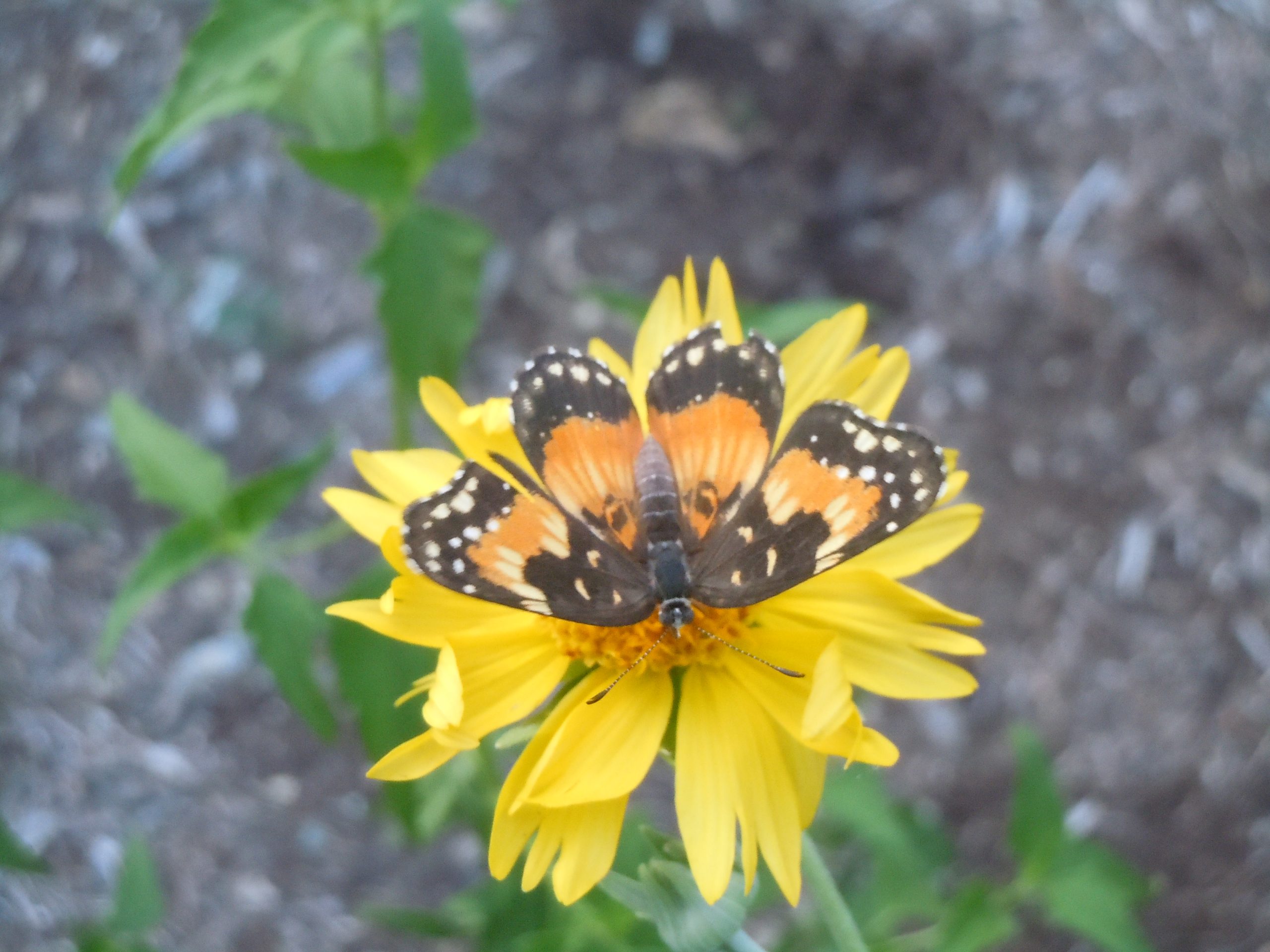

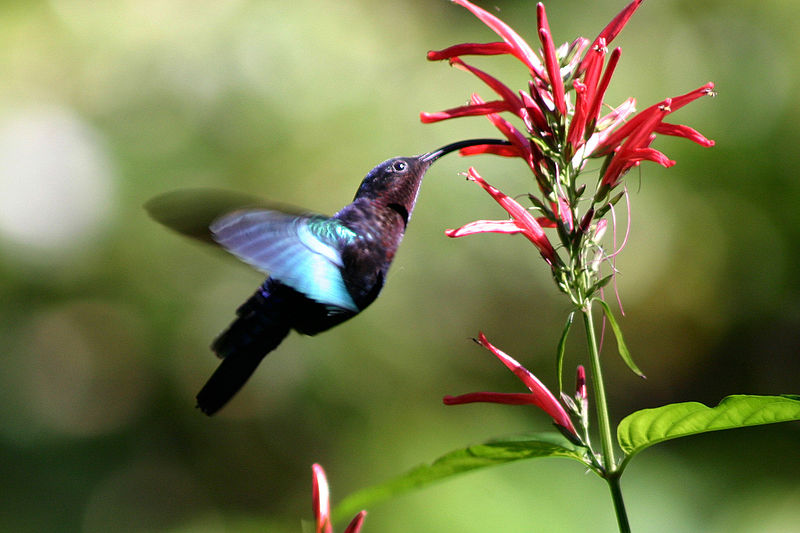
The 90% eastern monarch decline figure will likely soon have to be revised because there is a major population boom of monarchs occurring in the upper Midwest this summer. So beginning in mid-August there should be numerous reports and photos on Journey North of large gatherings of monarchs like this one: http://www.learner.org/jnorth/images/graphics/monarch/FallRoostTXCherubini2003_eola04.jpg
Great site you have, Monica! I look forward to taping your garden one of these days. Best, Linda